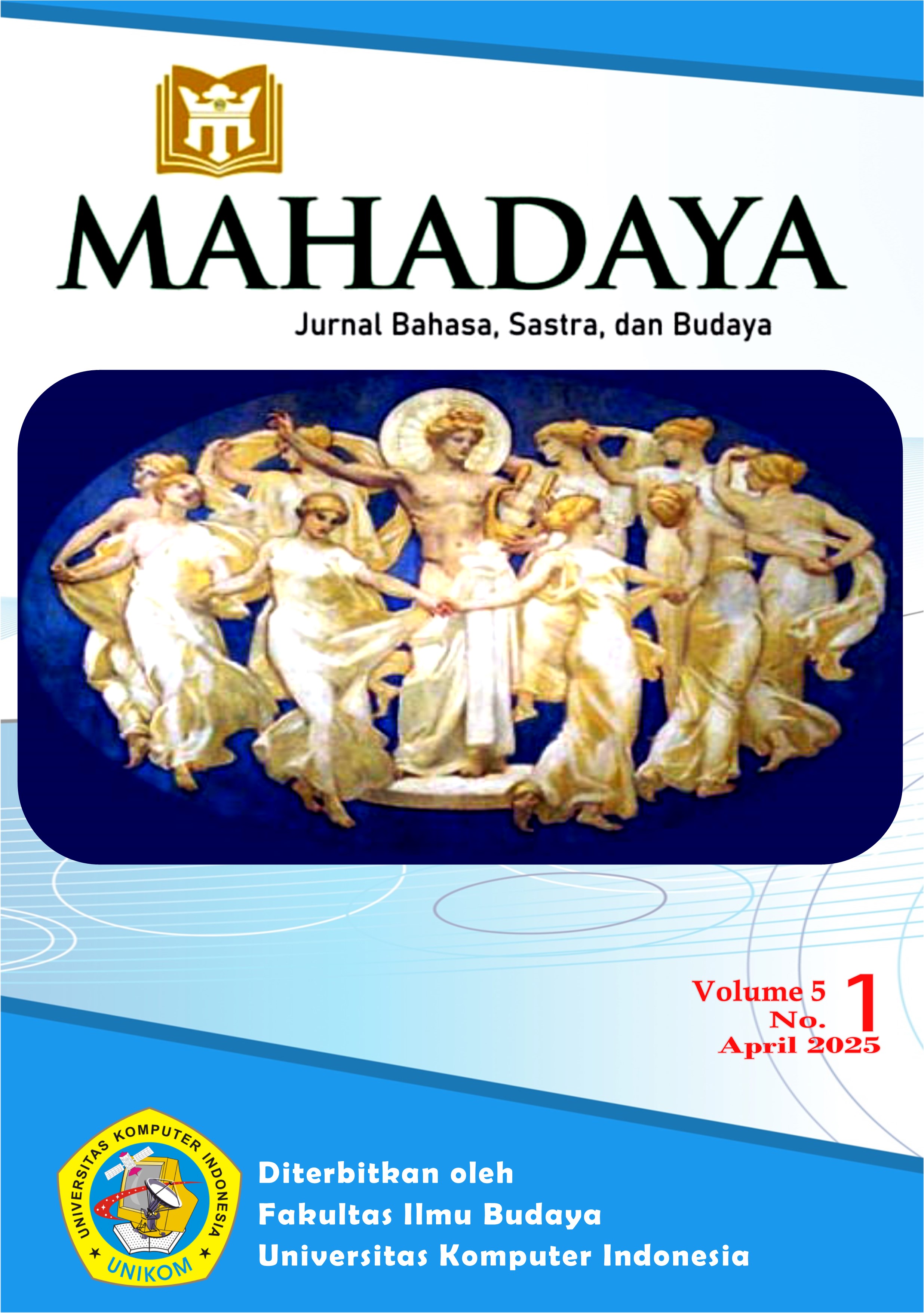Symbolism and Allegory in English Romantic Poetry Songs of Innocence and of Experience by William Blake
Main Article Content
Abstract
William Blake's Songs of Innocence and of Experience is an important work in English Romantic poetry, known for its use of symbolism and allegory. This study looks at how Blake uses symbols and allegories to show the differences between innocence and experience and how these themes criticize the society and religion of 18th-century England. The goal of this research is to identify important symbols and allegories in Blake's poems and explain their meanings. Using close reading of selected poems like The Lamb, The Tyger, and London, the study examines how these symbols work. The analysis also includes insights from other studies, such as Juanda's work on understanding hidden meanings in modern media (Putri & Juanda, 2021). The findings show that Blake’s symbols, such as the contrast between innocence and experience or nature and industrialization, reflect Romantic ideals and criticize power structures in society. For example, the contrast between The Lamb and The Tyger shows the mix of gentleness and violence in the world. The study concludes that Blake’s use of symbols and allegory adds depth to his poetry, allowing readers to find multiple meanings in his work. This research helps us better understand Blake’s poems and the value of symbolic interpretation in literature.
Keywords: William Blake, Symbolism, Allegory

